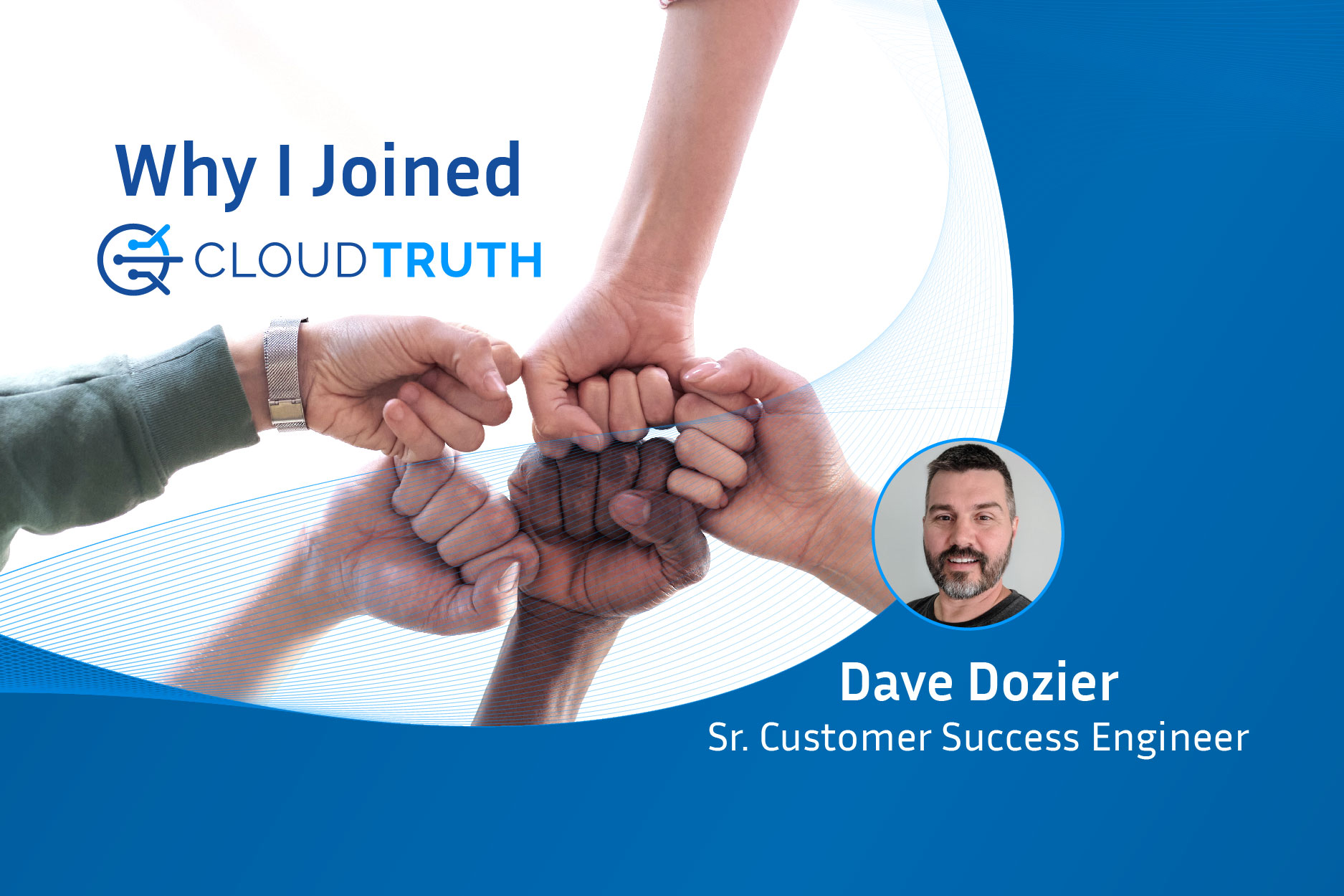
This is the fifth post of seven – “The CloudTruth Journey to Product-Market Fit” series.
Much has been written about the importance of finding product-market fit. In general, the way to do this is to talk to people who fall into your potential target market and identify their needs and pain points. But what’s the most effective way to conduct these customer interviews? My team and I conducted over 400 interviews over the past year and a half and came away from the experience with a number of tactical tips and tricks. Of course, there’s no one-size-fits-all solution, and as with any process, these strategies will no doubt have to be customized to your particular industry and situation. Still, it is my hope that the nuts and bolts lessons I learned may be helpful to other companies on their own journeys towards identifying the best product and market for their business to pursue.
-
Identifying Interviewees and Scheduling Your Interviews
The first step in conducting product-market fit interviews is to build a list of potential interviewees. Once we had determined our customer profile, we used LinkedIn and Sales Navigator to develop a list of potential contacts based on keywords in their profiles, job titles, and industries. Of course, in the very early stages, we also reached out directly to our personal networks, but it pretty quickly became necessary to expand past our first-degree connections — and that’s where a lead generation tool like Sales Navigator can be particularly helpful.
Once we identified these potential candidates, we reached out on LinkedIn with a short note. Importantly, in this initial message, we acknowledged that we were asking the person for a donation of their time, and we were always respectful and understanding if someone didn’t respond or said they were unavailable. That said, we found that many people were eager to share their perspectives and experience, and happy to schedule a time to chat.
As soon as someone said they were willing to be interviewed, we proceeded to the scheduling phase. We quickly learned to ask for both personal and work emails, in order to ensure that calendar invites ended up on the correct calendar (early in the process, we found that many no-shows were simply due to the invite ending up on the wrong calendar). We also began using Calendly — a simple tool that integrates with calendars to identify available meeting times — midway through the process, in order to accelerate scheduling. And once we settled on a time, we weren’t shy about confirming the interview multiple times in advance. Of course, we were mindful of not coming across as too pushy, since these people were doing us a favor — but a friendly reminder was an easy way to reduce the chances that the interviewee would forget or misremember the interview time.
-
Conducting Your Interviews
So you’ve scheduled an interview — now what? There are a number of techniques we identified that helped to ensure our interviews ran smoothly once we got a potential customer on the line.
First, consider your conversation starter. “How are you doing?” is alright, but even better is a specific yet open-ended question that demonstrates genuine interest in the interviewee. If you have time, spend a few minutes before the call reviewing their background so you have some context around where they’re from, where they’ve worked, and anything you might have in common with them. Perhaps they went to college in the same state as you did, or list volunteer experience with an organization you’ve worked with — even if it isn’t relevant to the main topic of conversation, these small touches can go a long way to make the interview subject feel comfortable and help them open up more readily.
Next, ask for permission to record the call. 99% of the people I interviewed were happy to be recorded, but it’s important to make sure to get their consent explicitly (and of course, if someone isn’t comfortable with being recorded, then you should be sure to comply and take notes by hand instead). We used Zoom for the majority of our calls, which made it easy to record and then share audio and video with my team for review and analysis. Zoom also makes it easy to toggle between video and audio-only modes — and while video is preferable if a subject preferred to just use audio, that was also effective (and could offer more flexibility to talk with someone on the go, who may not be in a position to turn on video).
Finally, there are a number of best practices you can follow to optimize the interview experience. For example, consider turning off self-view. Watching yourself can be distracting, and removing that distraction can decrease your cognitive load and help you better focus on the person you’re talking to.
At the same time, it’s important to get used to seeing and hearing recordings of yourself. It can often be a little uncomfortable at first, but with a little practice, I found that I was able to overcome my self-consciousness when reviewing calls, which helped me to be much more effective both during conversations and when analyzing recordings after the fact. And along those lines, try to become more aware of the unhelpful filler words you use. Cutting out words like “yeah,” “um,” and “so” can make you more concise, and can make your conversations more efficient, leading to both more effective analysis and a smoother dialogue in the moment.
-
Following Up and Analyzing Your Interviews
Perhaps my most important takeaway from CloudTruth’s product-market fit process was that completing an interview does not mean you’re done. There are a number of important steps my team and I would take after finishing a meeting. First, it’s essential to follow up with your interview subjects. Don’t forget to thank them for their time, and consider sending a small token of appreciation. We mailed almost all of our interviews a personalized thank you note and a small gift after the interview, which went a long way to demonstrate our gratitude and nurture the ongoing relationship with these potential future customers.
In addition, the analysis process is arguably even more important than the interview itself. We used Otter.ai to create automated transcripts of our Zoom meetings and stored those transcripts in a shared Google Drive folder for easy access. We also documented every interview in Salesforce, noting names, contact information, and any key takeaways during and immediately after the conversation. While this added some significant overhead to each interview, the extra effort paid off when we were able to review notes and transcripts months later to identify trends and confirm important customer pain points and perspectives.
Finally, no process will ever be 100% optimal the first time around. As with any creative endeavor, our interview process benefited from continuous iteration and improvement. My colleagues and I constantly tried out new approaches and tools, looked at what worked and what didn’t, and used that insight to inform future changes. Of course, it was also important to ensure our process was consistent enough that we could glean real, actionable information — but striking the right balance between consistency and experimentation was essential.
***
While these are some of the strategies that helped us in our journey towards product-market fit, we’ve really only scratched the surface. For more information on how to conduct and analyze product-market fit interviews, I’d recommend Rob Fitzpatrick’s classic book The Mom Test: How to Talk to Customers and Learn If Your Business is a Good Idea when Everyone is Lying to You, as well as Diane Berenbaum and Tom Larkin’s How to Talk to Customers: Create a Great Impression Every Time with MAGIC. And if you’d like to learn more about CloudTruth, take a look at our recent white paper, or join our early access program today!
Read the next article in our “CloudTruth Product Market Fit” series:
Don’t Let False Positives Undermine Your Product-Market Fit
Join ‘The Pipeline’
Our bite-sized newsletter with DevSecOps industry tips and security alerts to increase pipeline velocity and system security.



